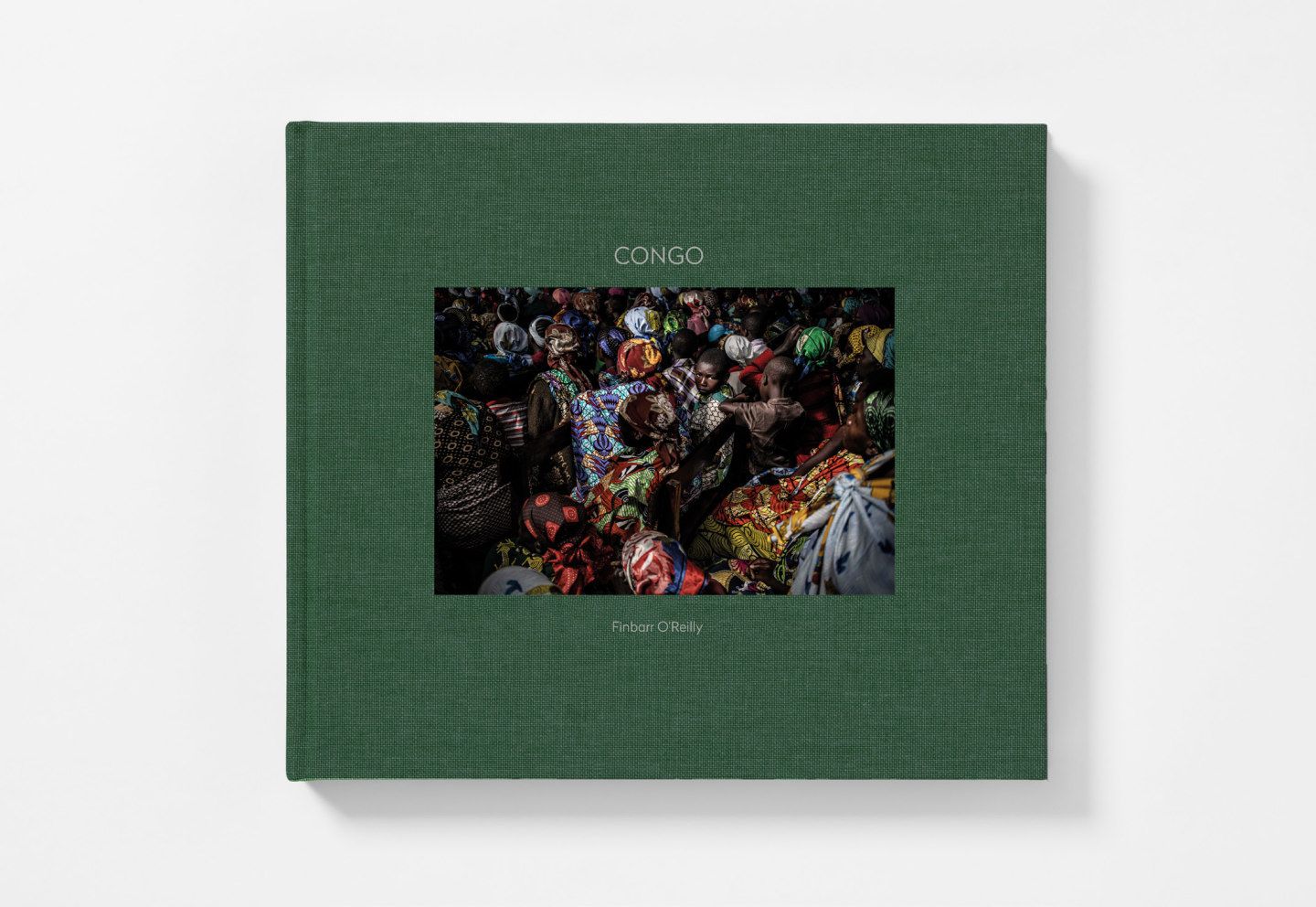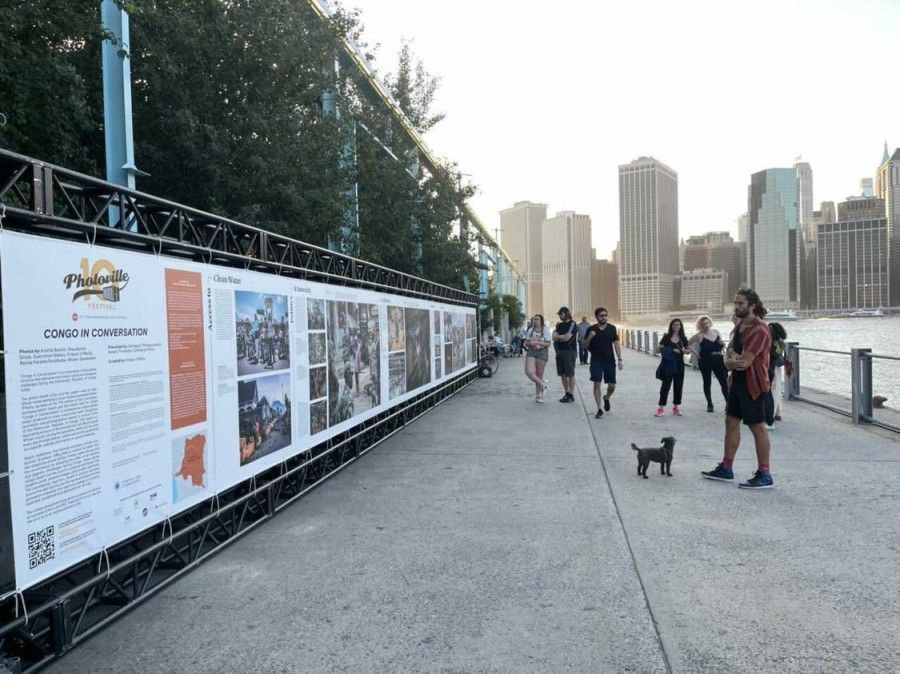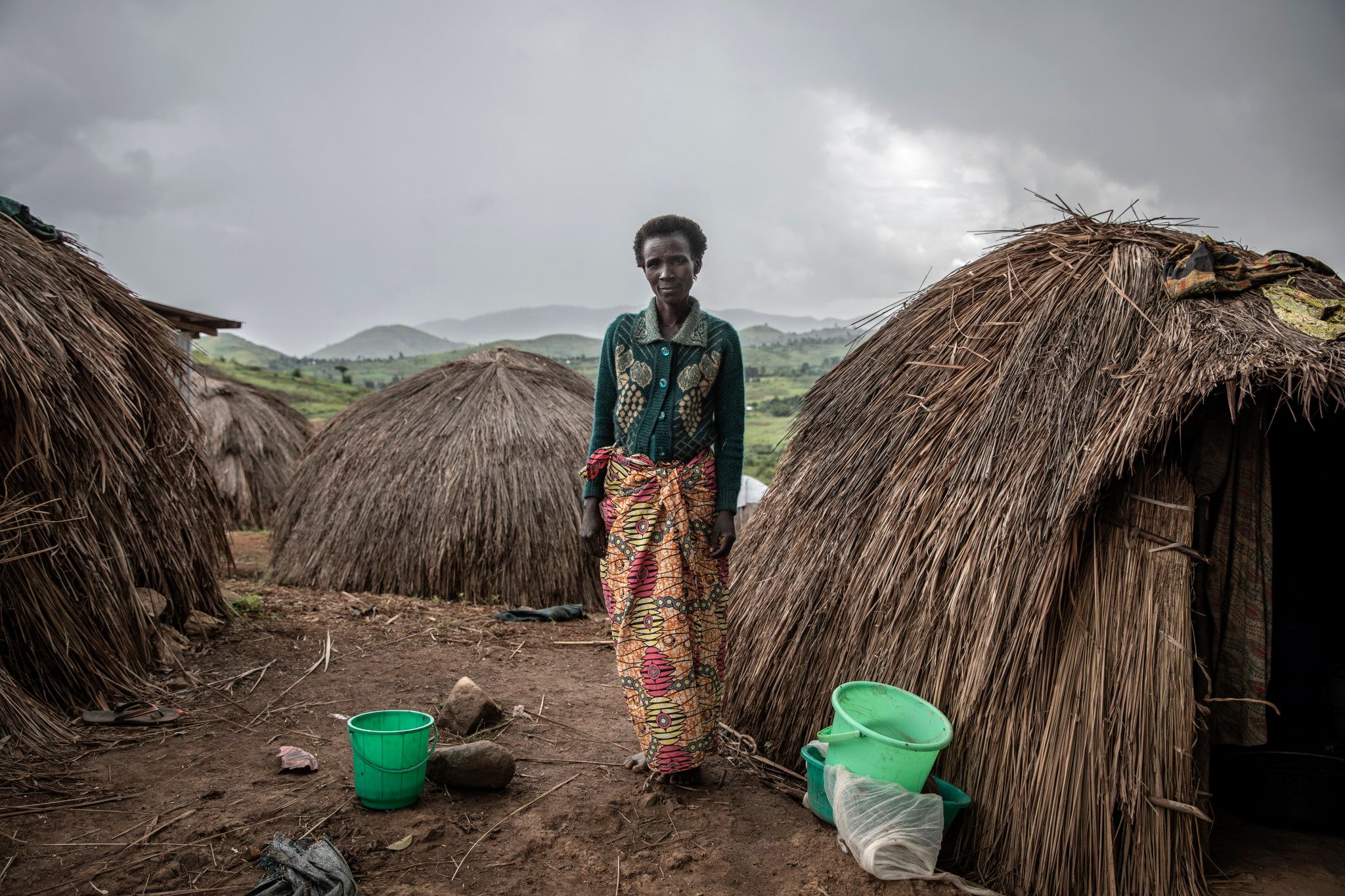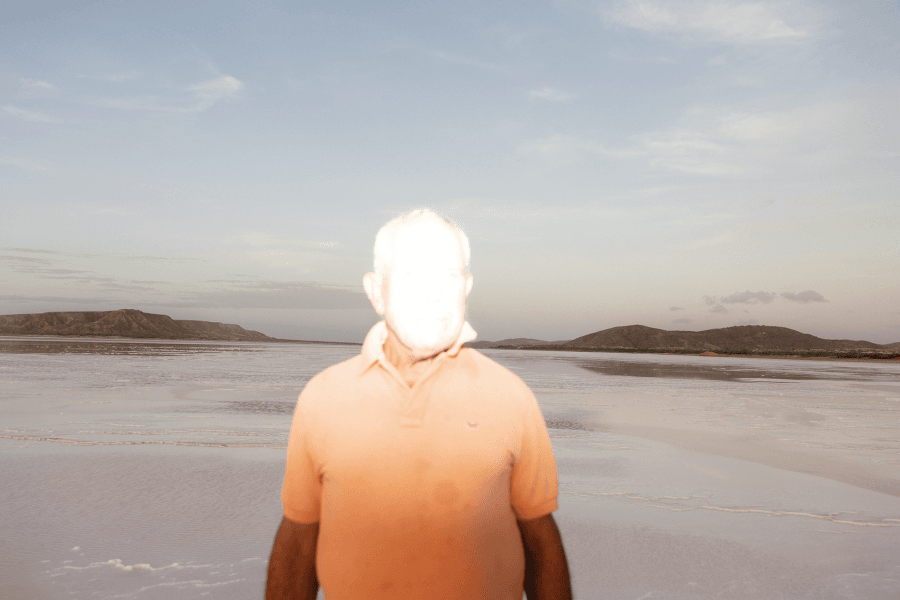
Finbarr O'Reilly
The 11th Carmignac Photojournalism Award — which, this year, focuses on the Democratic Republic of Congo (DRC) — was awarded to British-Canadian photographer Finbarr O’Reilly.
His reportage started in January 2020, before the outbreak of the coronavirus pandemic. Due to the swiftly worsening global health situation and the gradual closing of international borders, finding a different way of working became essential. Finbarr O’Reilly and the Award team—in close collaboration with the jury of the 11th edition—have reframed their approach to this work in the face of the crisis.
Fondation Carmignac is honoured to present “Congo in Conversation” by Finbarr O’Reilly, a collaborative online chronicle through close cooperation with Congolese journalists and photographers. The project addresses the human, social and ecological challenges that the Congo faces today, within the context of this new health crisis.
Relaying information via a dedicated website and social networks, “Congo in Conversation” provides an uninterrupted and unprecedented stream of articles, photo reportages and videos, which visitors can consult by theme or by contributor.
With “Congo in Conversation”, the Fondation Carmignac provides an outlet for Congolese voices to contribute to the global discourse, communally attest to the on-the-ground situation within this immense country, and raise public awareness.
Quelques images du reportage de Finbarr O'Reilly en République démocratique du Congo
Laureate
Finbarr O’Reilly is an independent photographer and multimedia journalist, and the author of the nonfiction memoir, Shooting Ghosts, A U.S. Marine, a Combat Photographer, and Their Journey Back from War (Penguin Random House 2017). Finbarr lived for 12 years in West and Central Africa and has spent two decades covering conflicts in Congo, Chad, Sudan, Afghanistan, Libya, and Gaza. He is the 2019 Nobel Peace Prize exhibition photographer and a frequent contributor to The New York Times. His photography and multimedia work has earned numerous industry honors, including First Place in the Portraits category at the 2019 World Press Photo Awards. He was also winner of the World Press Photo of the Year in 2006.
Photographers
Arlette Bashizi | Dieudonne Dirole | Charly Kasereka | Justin Makangara | Al-Hadji Kudra Maliro | Guylain Balume Muhindo | Guerchom Ndebo | Baron Nkoy | Raissa Karama Rwizibuka | Moses Sawasawa | Pamela Tulizo | Ley Uwera | Bernadette Vivuya | Steve Wembi
The Congo
The Democratic Republic of Congo —known as Zaire between 1971 and 1997 and now called DRC, Congo-Kinshasa or DR Congo— is the second-largest country and fourth most populous country in Africa, as well as a leading French-speaking nation. It has weathered a dark and convulsive history since its independence in 1960, long after Belgian King Leopold II appropriated the territory. There has been the assassination of Patrice Lumumba, the bloody power grab by Mobutu Sese Seko, the corrupt, inept and endless dictatorship of “Papa Maréchal”, an almost permanent state of war between 1996 and 2005 (more than 5 million dead), with miscellaneous guerrillas, rebellions and banditry ever since, mainly in the north and north-east.
176 OUT OF 200 COUNTRIES BY THE HUMAN DEVELOPMENT INDEX OF THE UNDP
All this has been against a backdrop of immense widespread poverty and the often illegal grabbing of equally immense lands and resources: in 2018, the DRC was classified 176th out of 200 countries by the human development index of the UNDP (United Nations Development Program).

But since Félix Tshisekedi was elected president in December 2018, demarcating the first democratic transition in the history of the republic, hope has emerged both in Kinshasa as in the rest of the world. Real political stability and security, effective preservation and control of the country’s natural and mineral resources, and equitable reconstruction of the economy, infrastructures and health system seem to have been instated. The tasks, barely begun, are proportional to the size of the country and its river.
While the Congo holds more than 50% of Africa’s water reserves, only 30% of its population has direct access to drinking water and 8% to electricity. Of its 58,000 km of roads, only 3,126 were asphalted in 2018. Malnutrition and endemic diseases such as malaria, AIDS or Ebola (which has just killed 2,000 more people) are deadlier than the violence, which is just as endemic, affecting villagers in the fields, guards in the nature reserves, and women everywhere.

À PROPOS DU PHOTOJOURNALISTE
Finbarr O’Reilly, photographe indépendant et journaliste multimédia, est l’auteur d’un récit de souvenirs paru en 2017, Shooting Ghosts, A U.S. Marine, a Combat Photographer, and Their Journey Back from War (La chasse aux fantômes, retour du front d’un Marine et d’un photographe de guerre). Finbarr O’Reilly a vécu 12 ans en Afrique occidentale et centrale et couvert vingt ans de conflits au Congo, au Tchad, au Soudan, en Afghanistan, en Libye et à Gaza.
Jury
Simon Baker - Director, Maison Européenne de la Photographie (MEP)
Maryline Baumard- Editor-in-Chief, Le Monde Afrique
Comfort Ero - Africa Program Director, International Crisis Group
Meaghan Looram - Director of Photography, The New York Times
Julienne Lusenge - President of Female Solidarity for Integrated Peace and Development and Director of FFC
Fiona Shields - Director of Photography, The Guardian
Tommaso Protti - Laureate of the 10th Edition of the Carmignac Photojournalism Award

MONOGRAPH
CONGO, A SUBLIME STRUGGLE
Co-published by Reliefs x Fondation Carmignac
Release date : June 17, 2022
Bilingual : French/English
Size : 24 × 28 cm, 128 page
Texts : Finbarr O’Reilly, Comfort Ero and ICC Judge Antoine Kesia-Mbe Mindua
Photographs : Finbarr O’Reilly
Price : 35 euros, 45 USD, 58 CAD, 35 GBP
Distributed by Harmonia Mundi
EAN 9782380360240

Monograph
Congo in Conversation
Co-published by: Reliefs Editions / Fondation Carmignac
Release date: November 10, 2020
Bilingual: French/English
Size: 21× 28 cm, 128 pages
Texts: Preface by Finbarr O’Reilly, laureate of the 11th Carmignac Photojournalism Award, Conversation between Mark Sealy, Finbarr O’Reilly and Emeric Glayse
Photographs : Finbarr O’Reilly and Congo in Conversation contributors
Price: 35 euros, 45 USD, 58 CAD, 35 GBP
Distributed by: Harmonia Mundi
Expositions & événements

Exhibition : Life after conflict
THE UNITED NATIONS HEADQUARTERS, NEW YORK, USA

Congo in conversation - Exhibition
Bronx Documentary Center, New York

Congo in Conversation in New York
Brooklyn Bridge Park, New York













